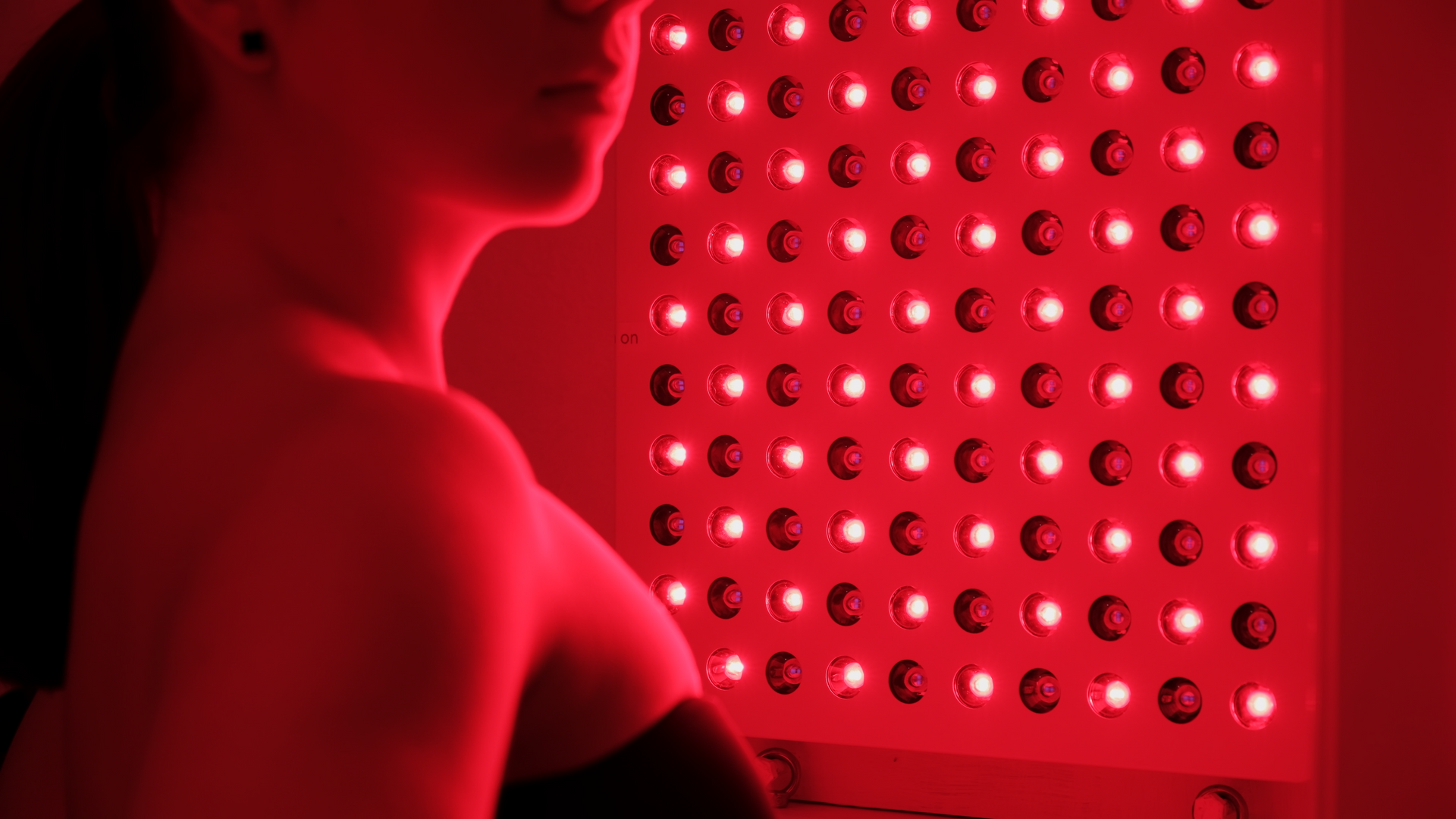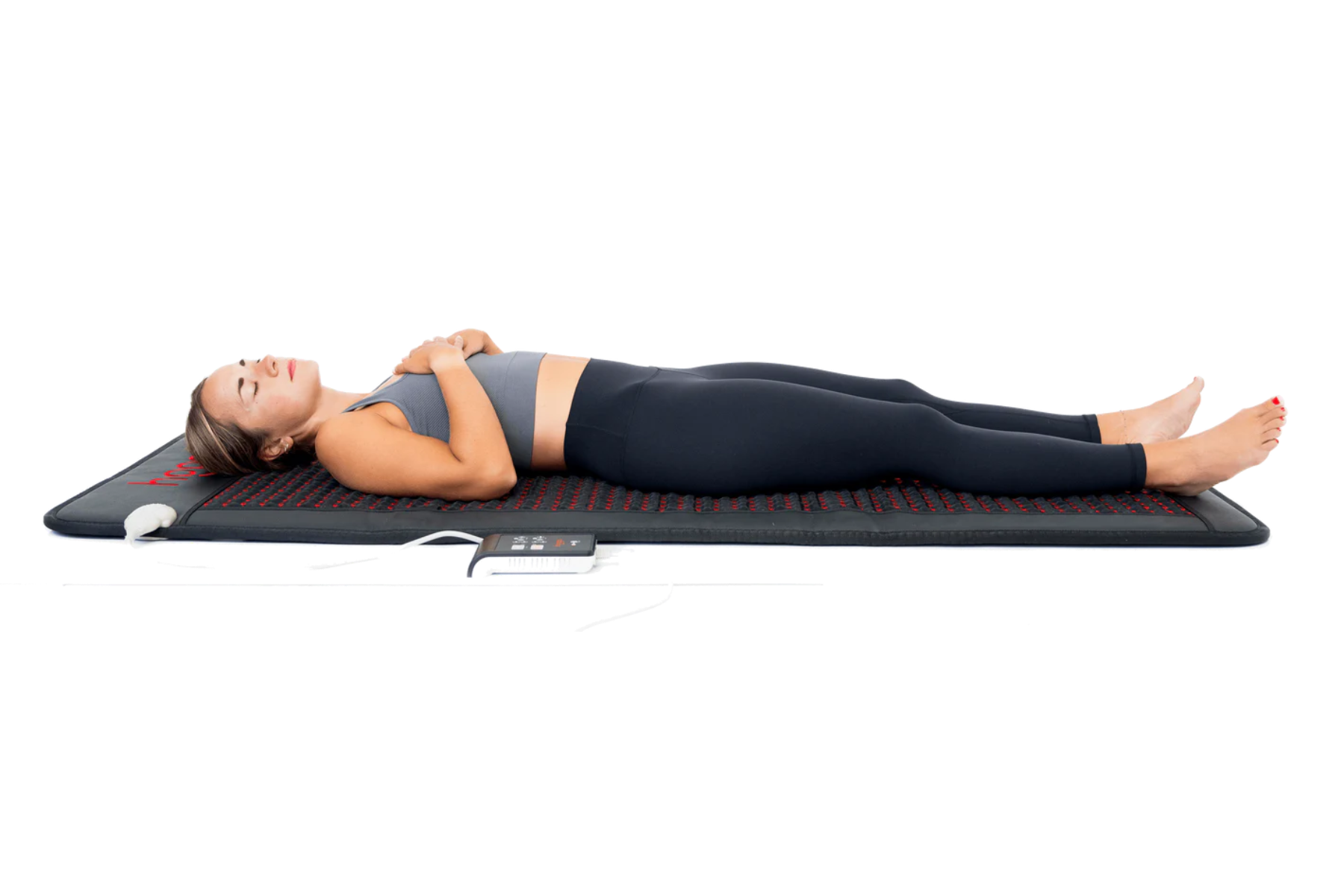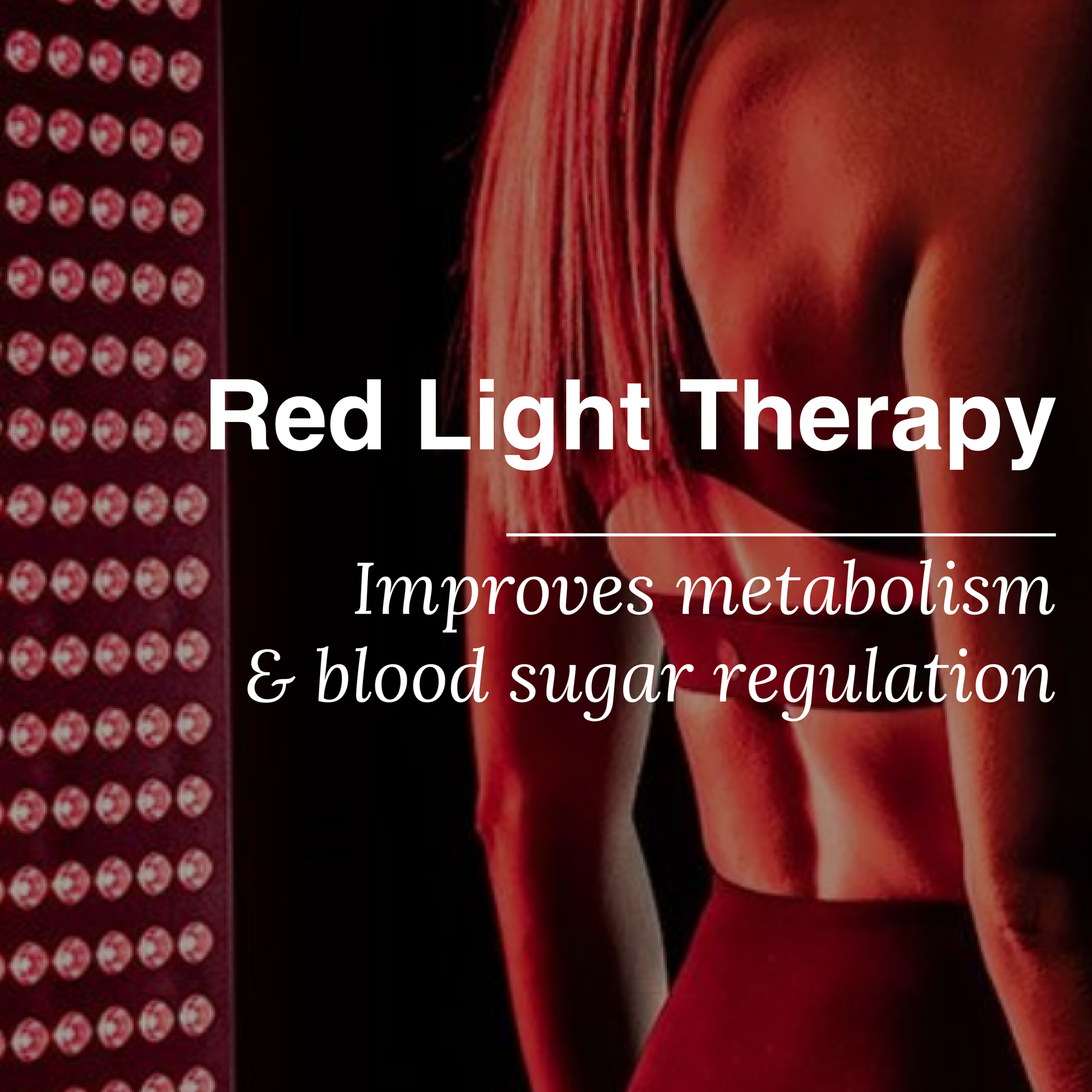Introduction to Red Light Therapy | Photobiomodulation
We recently had a question come through one of our social media channels wanting to know the difference between the red light and the near infrared light, and we're happy to answer!

Simply put, Red Light Therapy (RLT) and Near-Infrared Light Therapy (NIR) both use specific wavelengths of light to penetrate the skin and stimulate cellular activity, but they differ in depth of penetration and biological effects.
Red Light (Visible Light, 620-700nm)
Penetrates shallow layers of the skin (up to 5-10mm deep)
Primarily affects skin cells and surface-level tissues, blood circulation and cellular energy production.
Near-Infrared Light (Invisible Light, 700-1100nm)
Penetrates deeper into muscles, joints, and bones (up to 50mm deep)
Reaches mitochondria in deeper tissues, promoting cellular repair and regeneration.
The combination of both of these wavelengths have been prove to lead to a wide range of benefits, including:
- Skin Health & Anti-Aging – Boosts collagen production, reduces wrinkles, and improves skin tone
- Pain Relief & Inflammation Reduction – Helps with joint pain, muscle soreness, and chronic conditions
- Muscle Recovery & Performance – Accelerates recovery time and enhances athletic performance
- Brain Health & Cognitive Function – Supports mental clarity, reduces brain fog, and may aid neuroprotection
- Improved Sleep & Mood – Helps regulate circadian rhythms, reducing stress and improving sleep quality
- Wound Healing & Tissue Repair – Speeds up healing of injuries and reduces scar formation
The Combined Benefits of Red Light and Near-Infrared Light Therapy
Using a combination of red and near-infrared light provides a full spectrum of benefits, addressing both surface-leveland deep tissue healing. Here’s how this powerful therapy can transform your health:
1. Skin Health & Anti-Aging
Red light therapy boosts collagen production, reducing wrinkles, fine lines, and signs of aging. It improves skin tone, texture, and elasticity, making it a go-to treatment for youthful, radiant skin.
2. Pain Relief & Inflammation Reduction
Near-infrared light penetrates deep into tissues, helping to reduce joint pain, muscle soreness, and chronic inflammation. It’s commonly used for arthritis relief and injury recovery.
3. Muscle Recovery & Athletic Performance
Athletes and fitness enthusiasts benefit from faster recovery times, reduced muscle fatigue, and enhanced performance by incorporating red and near-infrared light into their routines.
4. Brain Health & Cognitive Function
Near-infrared light supports mental clarity, reduces brain fog, and promotes neuroprotection. Research suggests it may help with Alzheimer’s disease, Parkinson’s, and overall brain function.
5. Improved Sleep & Mood Regulation
Light therapy helps regulate circadian rhythms, reduce stress, and enhance melatonin production, leading to better sleep quality and mood stability.
6. Wound Healing & Tissue Repair
RLT is widely used for faster wound healing, reducing scars, and promoting tissue regeneration after injuries or surgeries.
Is Red Light Therapy Right for You?
Whether you’re looking for anti-aging benefits, pain relief, faster muscle recovery, or brain health support, Red Light Therapy and Near-Infrared Light Therapy can be game-changers in your wellness routine.
How to Use Red Light Therapy Effectively
To get the most out of Red Light Therapy, consider the following tips:
Choose the Right Device: All devices are not created equally.
Optimal Session Length: Most users benefit from 10-20 minute sessions per treatment area.
Consistency is Key: Use 3-5 times per week for best results.
Distance Matters: Maintain a distance of 6-12 inches from the light source for effective penetration.
Final Thoughts
Red Light Therapy and Near-Infrared Light Therapy are safe, non-invasive, and backed by science. With benefits ranging from skin rejuvenation and pain relief to muscle recovery and cognitive health, this therapy is an excellent addition to any self-care or wellness routine.
Looking to experience the power of Red Light Therapy? Explore our Red Light Therapy suite at Total Human Protocol to start reaping the benefits today!
Have you tried Red Light Therapy? Share your experience in the comments below!
Want to learn more?
No gatekeeping here! Below is a great episode of Huberman Lab, where Dr. Andrew Huberman dives even further into the science behind Red Light Therapy.




